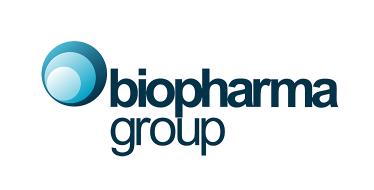 Add My Company
Add My Company
Sign In

A common challenge during modern drug development is overcoming low bioavailability.
As a result, investigations into the use of liposomes as a potential drug carrier suggest these may offer a promising solution.
It is no surprise the study of liposome-drug encapsulation is a rapidly expanding field, particularly due to their versatility and ease of manipulation, in terms of their physiochemical and biophysical properties. Such flexibility enables researchers the opportunity to tailor the drug carrier to the drug of interest, without too much difficulty.
In addition to improved drug bioavailability, a sustained or controlled drug release profile can be achieved after encapsulation by liposomes [1].
Conventional liposomes (representation A in Figure 1, below) are spherical in shape, composed of a lipid bilayer and liquid core, which allows them to encapsulate both hydrophilic and hydrophobic drugs. Hydrophilic molecules can be entrapped into the aqueous centre, whilst hydrophobic molecules can be inserted into the bilayer membrane [2]. An example hydrophobic drug is Paclitaxel: a chemotherapeutic agent commonly used to treat cancers including that of the ovary, breast and lung. Paclitaxel has recently shown increased bioavailability when encapsulated in acid environment-responsive liposomes [3].
These types of liposomes are relatively stable at physiological pH, though they release their contents under acidic conditions. This has great potential in providing targeted anti-cancer therapy, due to the lower pH values observed in tumour tissue. The acidic conditions within tumour tissue are a result of high metabolic rates. Specifically, it is likely related to high glucose consumption rates, with a net production of acid [4].
The addition of cholesteryl hemisuccinate (CHEMS) is an example material which can be added to the formulation, to produce acid environment-responsive liposomes [3].
Many formulations of pH-sensitive liposomes are unstable in the blood, and they are rapidly cleared from the circulation via the mononuclear phagocyte system. This can be overcome by adding poly-ethylene glycol lipid derivatives to the formulation [5], to produce what is commonly known as PEGylated liposomes, or stealth liposomes (representation B in Figure 1). PEGylated liposomes are significantly more stable in the bloodstream [5].
Ligand-targeted liposomes (representation C in Figure 1) offer great potential for targeted drug delivery, by selectively expressing specific ligands at the site of disease [2]. Challenges have arisen in relation to the pharmacokinetics of these liposomes, though the integration of target-specific binding of immunoliposomes with PEGylation (e.g. monoclonal antibody-PEG-liposome conjugation) appears to overcome this hurdle [2].
Theranostic liposome systems (representation D in Figure 1) encapsulate or entrap a nanosized agent, such as iron oxide and gold nanoparticles, which is utilised for imaging ( illustrated in Figure 2, below). Theranostic liposomes can be PEGylated and ligand-targeted, to produce a stable, targeted, comprehensive diagnostic and therapeutic drug delivery system.
To read the full article please follow the link below
For more information on How the Adaptability of Liposomes Assists in Overcoming Today’s Drug Delivery Challenges talk to Biopharma Group
Enquire Now
More News
List your company on FindTheNeedle.

